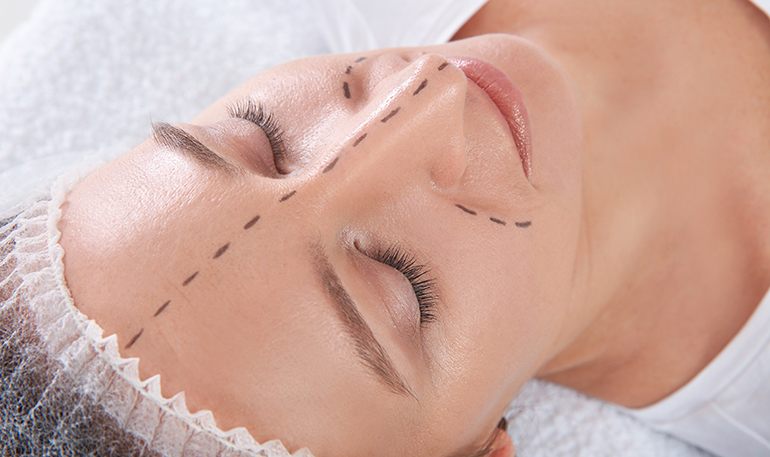Revizyon Burun Ameliyatı

Revizyon Burun Ameliyatı
Revizyon burun ameliyatı daha önce estetik burun ameliyatı olmuş, bir yıl geçmesine rağmen estetik veya fonksiyonel sonuçlardan memnun olmayan hastalar için yapılan operasyonları tanımlar. Revizyon burun ameliyatlarında varsa nefes alma problemleri ve burun şekli düzeltilir.
Ameliyat Öncesi Değerlendirme ve Görüşme
Revizyon rinoplasti hastaları bir kez hayal kırıklığı yaşamış hastalardır. Revizyon ameliyatının bütün ayrıntıları, deformitelerin ne düzeyde düzeltilebileceği gerçekçi şekilde paylaşılmalıdır. Ameliyat öncesi cerrahın yapabileceği düzeltmenin sonucuyla beklenti uyum içinde olmalıdır ki tekrar bir hayal kırıklığı yaşanmasın.
Revizyon ameliyatı öncesinde burun içi yapılar, deformasyonun neden kaynaklandığı çok iyi belirlenmelidir. Bunun için ayrıntılı burun içi ve dışı yapılar değerlendirilir. gerekli durumlarda bilgisayarlı tomografi çekilerek kemik ve kıkırdaklar daha iyi değerlendirilebilir.
Revizyon burun ameliyatları ilk operasyonlara göre teknik olarak daha zordur. İlk operasyon sonrasında kıkırdak ve kemiklerde şekil bozuklukları incelmeler vardır. yumuşak dokular skar denilen daha sert iyileşme dokularıyla kaplıdır. Doğal anatomik yapılar bozulmuştur. Bu ameliyatlarda ekstra özenli bir cerrahi yapmak gerekir.